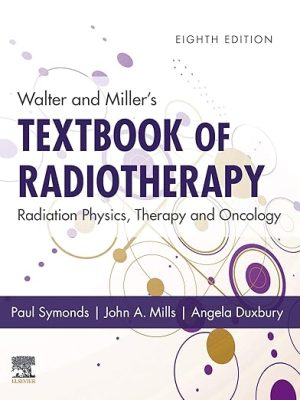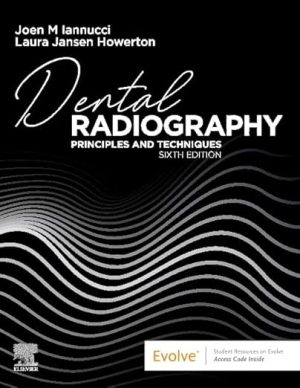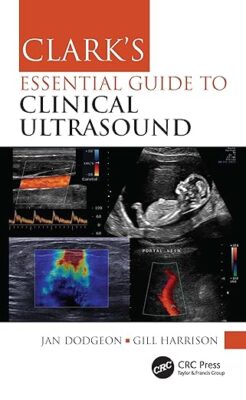Walter and Miller’s Textbook of Radiotherapy: Radiation Physics, Therapy and Oncology – E-Book 8th Edition
Walter and Miller’s Textbook of Radiotherapy is a key textbook for therapeutic radiography students as well as trainee clinical and medical oncologists, clinical physicists and technologists. The book is divided into 2 sections. The first section covers physics and provides a comprehensive review of radiotherapy physics. This section is designed to be non-physicist friendly, to simply and clearly explain the physical principles upon which radiotherapy and its technology are based. The second section is a systematic review by tumour site giving an up to date summary of radiotherapy practice. The title also covers the place of chemotherapy, surgery and non-radiotherapy treatments as well as the principles of cancer patient treatment including supportive care and palliative treatments. It is a comprehensive must-have resource for anyone studying therapeutic radiotherapy.
- Highly illustrated in full colour including 350 photographs.
- Clearly and simply explains the fundamental physics for clinicians
- Gives an up to date summary of radiotherapy practice organised by tumour site making it very easy to navigate.
- Describes the wide range of devices and clearly explains the principles behind their operation.
- Comprehensively explains the calculation models of dose predictions for treatment preparation.
- Heavy emphasis on how clinical trials have influenced current practice.
- Shows how radiobiological knowledge has influenced current practice such as the fractionation regimens for breast and prostate cancer
- Proton therapy; machines, dose measurement, covering the clinical advantages and pitfalls of this treatment modality.
- New radiotherapy modalities such as stereotactic radiotherapy, types of intensity modulated radiotherapy and imaged guided radiotherapy are comprehensively covered as are recent advances in chemotherapy and molecular targeted therapy.
- In depth coverage of dose measurement and new devices.










